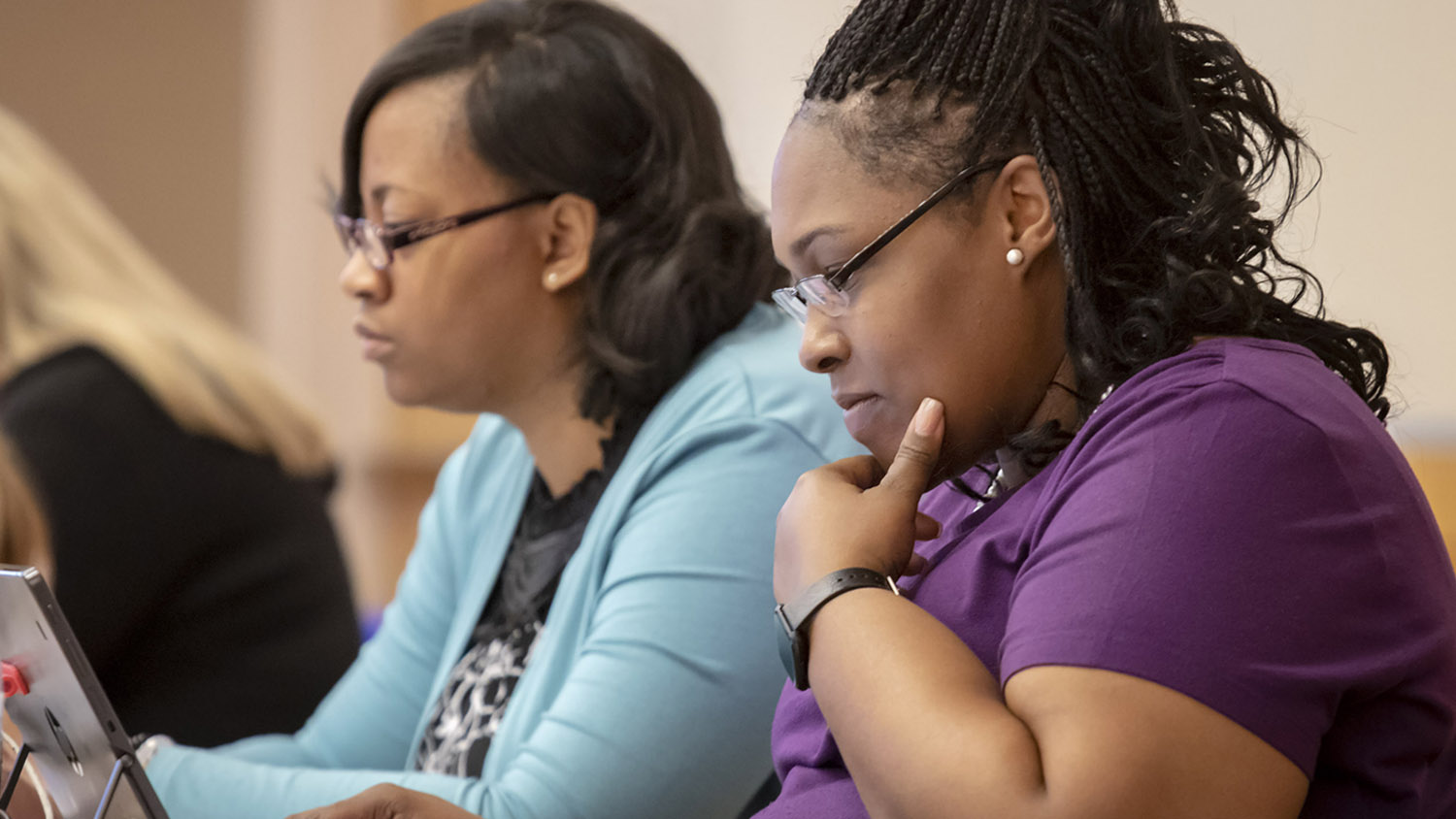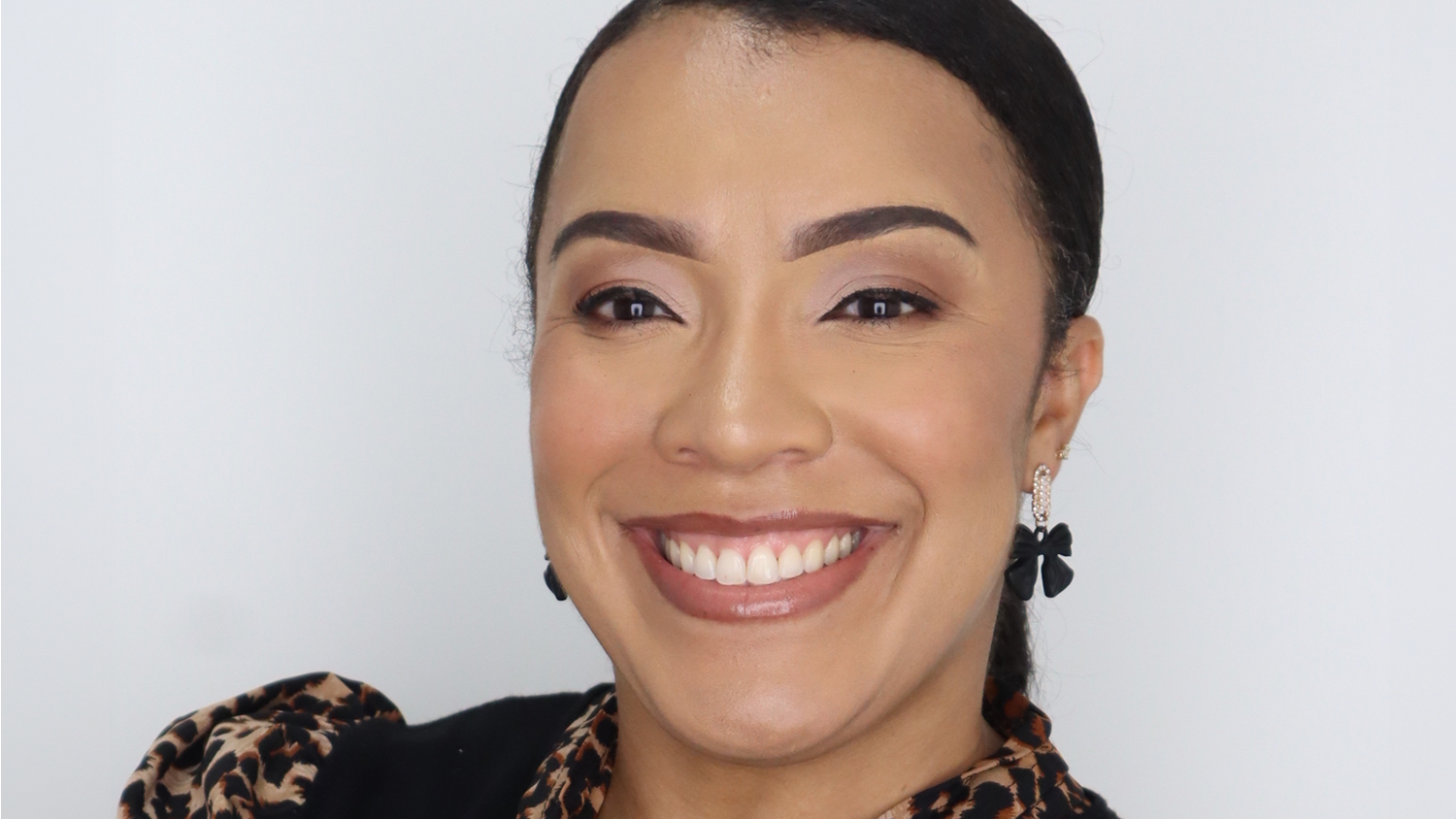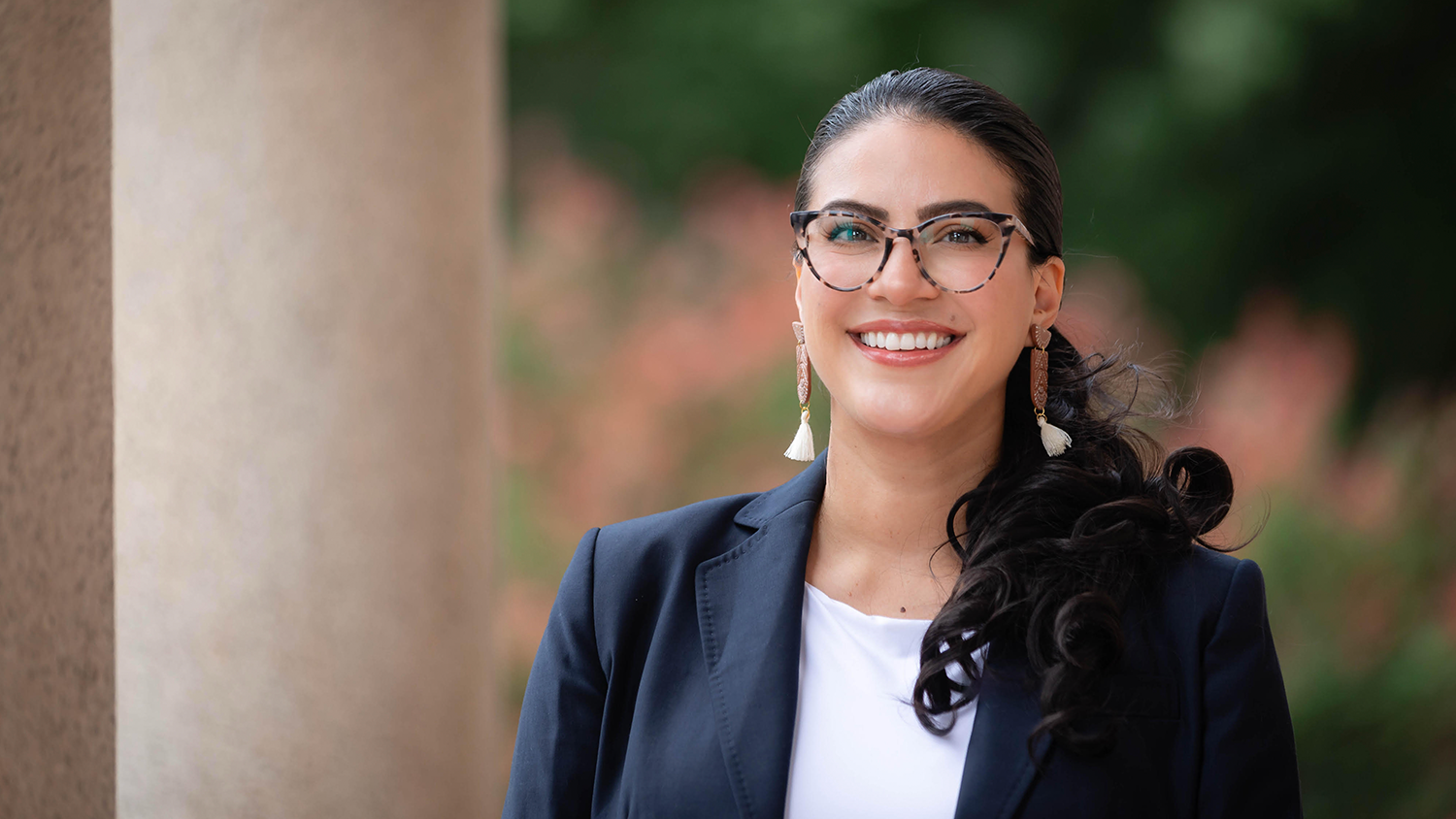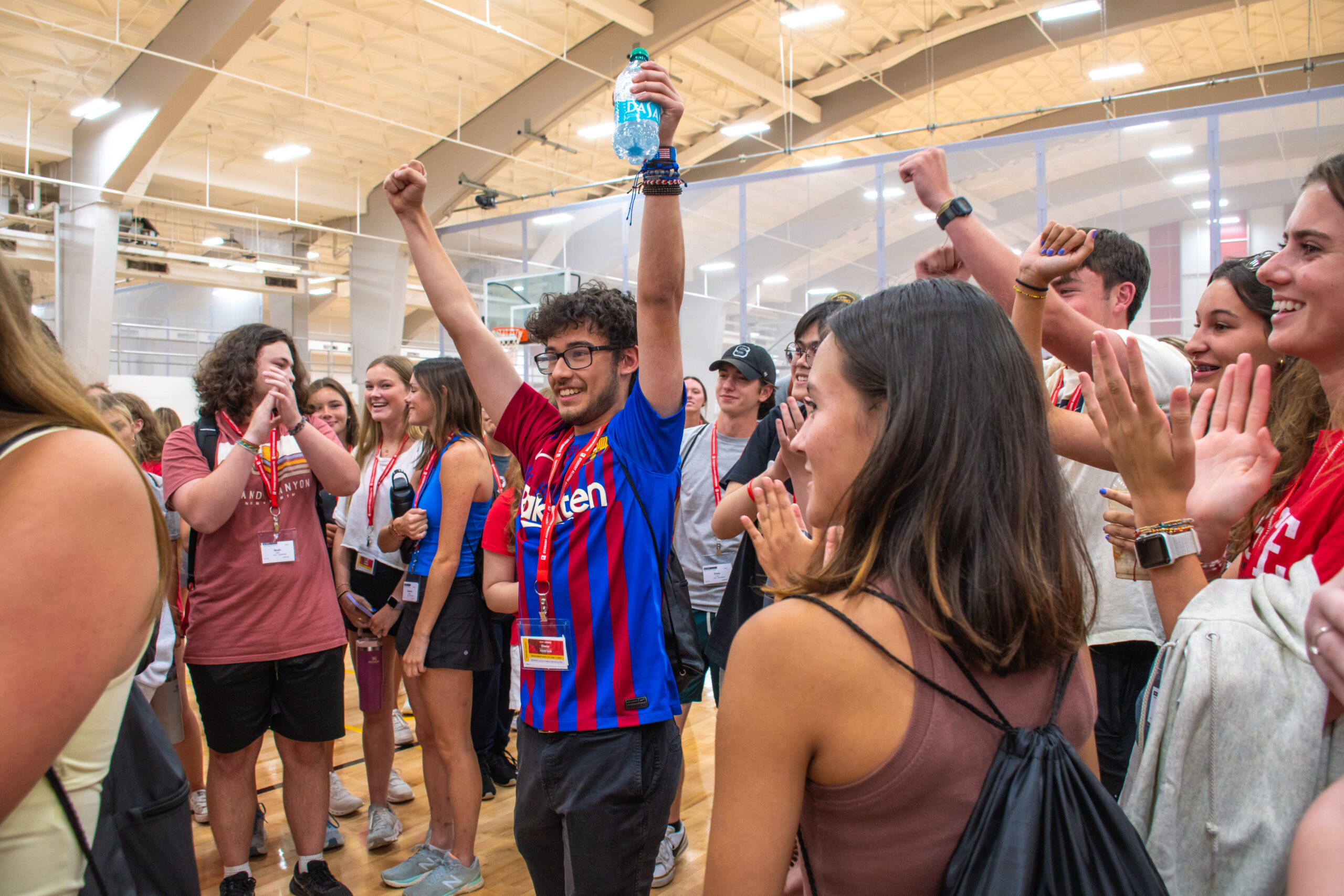W. Dallas Herring Professor Emerita Carol Kasworm Explores Landscape of Higher Education for Adult Learners as Co-author of New Book

Adult learners over age 25 make up approximately 30% of all undergraduate students in the United States. However, many institutions of higher education are not designed to meet the unique needs of this population of students.
NC State College of Education W. Dallas Herring Professor Emerita Carol Kasworm explores the current landscape of practice and policy for adult undergraduate students as the co-author of Creating a Place for Adult Learners in Higher Education: Challenges and Opportunities, which was published in January by Routledge.
“We want adult undergraduates to be able to access higher education, be successful and to have supportive experiences, potentially in more varied ways from younger, on-campus, full-time undergrads,” Kasworm said. “We hope this book provides insights into policies and practices of how a variety of institutions have created environments that support the adult learner and their success in graduating from college.”
Along with co-authors Amy D.Rose and Jovita M. Ross-Gordon, Kasworm presents research on key aspects related to adult higher education, including admissions and financial support; flexible curricular and delivery structures; adult learning centered instruction; and whole-student support systems. Additional discussion considers varied models and research on persistence, student success outcomes and practices focused upon innovative, inclusive and equitable opportunities and challenges.
The book explores research and practice on these topics in a variety of higher education settings including traditional on-campus environments, community colleges, evening classes, distance online education, accelerated degree programs and military-targeted programs. It encourages higher education institutions to rethink how they can address issues like key policies and personnel access, class delivery and engaging instructional strategies to better serve and support adult learners.
For example, many four-year universities, Kasworm said, operate on a traditional nine to five, Monday through Friday schedule. Even when classes for adult learners are scheduled during evenings, weekends or online, student support services, career counselors or academic advisors are not necessarily available outside traditional working hours, she said. This lack of personal access is often problematic for adult student success.
Because students over age 25 are six times more likely to have dependents and 78% more likely to be part-time students than their younger classmates, institutions also need to consider practices that help adult learners balance school, work and family life, the authors state.
Additionally, adult learners often face additional financial burdens when earning a degree compared with the traditional 18- to 24-year-old student. As the author of the chapter focused on financial aid, Kasworm notes that the average cost beyond tuition for adult students is three times higher than that of traditional-aged students. However, because a majority of adult learners are not full-time students, they don’t typically qualify for access and support from financial aid, including scholarships. It is also problematic because adult students predominantly represent low-income households (63%), and more often are at-risk: students of color, women (often single parents), and first-generation college students.
“Hopefully, adult-oriented institutions provide support with both life management and study strategies that can create a balance around doing coursework, working and taking care of a family, which are not in the agenda of traditional undergraduate services. There’s not always consideration for the tremendous demands on adults in terms of their time and their focus,” Kasworm said. Adult students are an important challenge for higher educational institutions and with their participation can have a significant impact upon the future of their families, their workplace, and the American economy.
- Categories:


